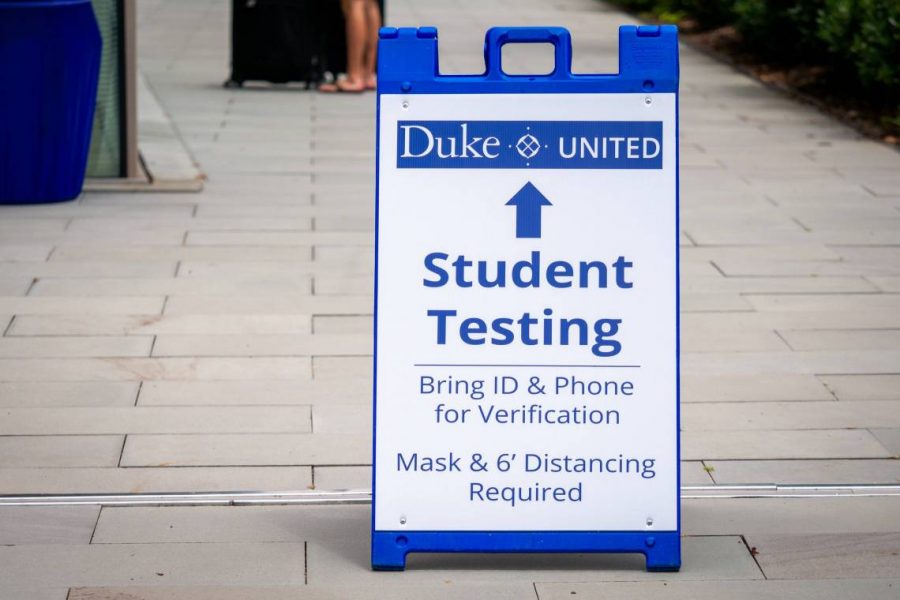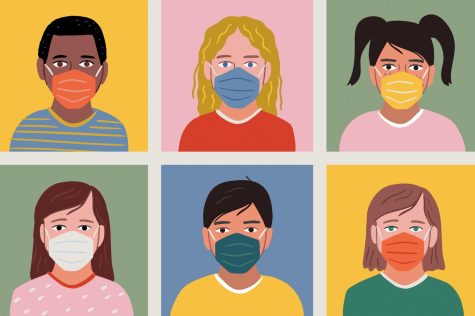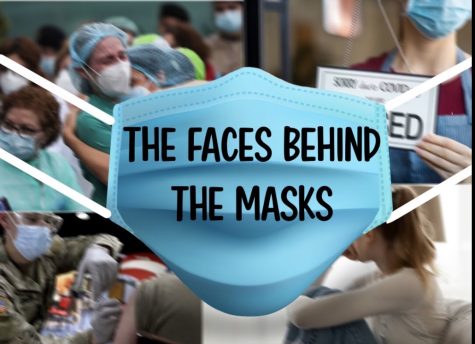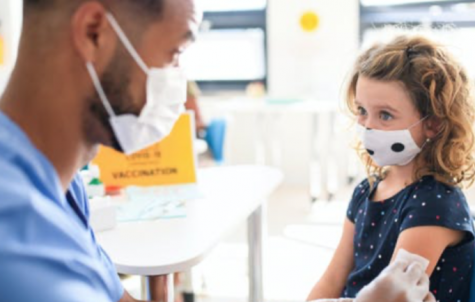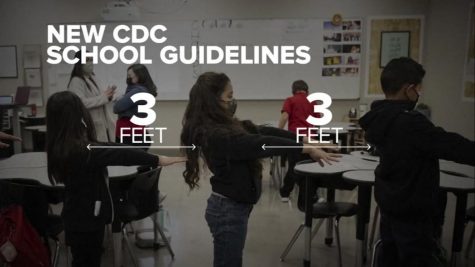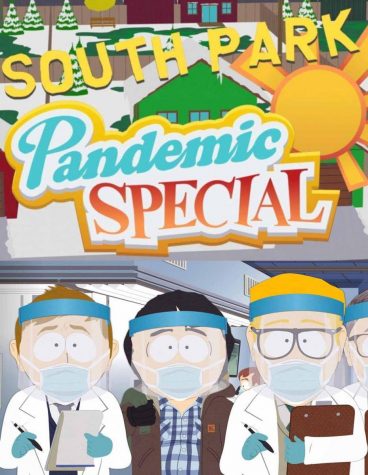College campuses respond to COVID-19
Duke University has only recorded 75 positive Covid-19 cases out of 17,000 students and staff due to strict guidelines and a general adherence of rules.
In our ever-changing, unpredictable, pandemic-ridden world, adaptability is the key to achieving a sense of normalization. While many people have found a path to normalization in their daily lives, colleges were faced with a perplexing challenge before the school year: if and how college campuses should reopen.
According to the The New York Times, over 1,700 college campuses reopened in the fall of this year. And as of November 5th, around 252,000 covid cases appeared to be derived from college campuses.
Now, as the first semester is coming to a close for many schools, the effectiveness of their coronavirus responses can be evaluated holistically. What did schools do right, and what did they do wrong in response to this pandemic?
One school that clearly had an ineffective response to the virus is the University of Wisconsin, which reportedly has 3,326 cases at its Madison campus. Most recently, their football team has been hit with a surge of cases that affected both players and staff. Vox News credits this surge to the slacking of coronavirus restrictions despite coronavirus cases peaking in the United States as well as a lack of serious effort on the public’s part to maintain mask-wearing and social distancing guidelines. Adin Berger, a junior at the University of Wisconsin, explained that “a decent amount of students do not follow the university’s guidelines for preventing the spread by social distancing, wearing masks, and not having large gatherings.” Despite this, Berger believes that increased encouragement by the school as well as increased community awareness has recently resulted in “better infection rates than the rest of the state.”
The University of Washington, which is nearing 1,000 cases, also recently had an outbreak. Instead of general public trends though, more than 300 cases were tracked directly back to about 20 fraternities and sororities. Administration punished this behavior by suspending one fraternity and putting another on probation in an effort to prevent further transmission of the virus through greek life.
One other exemplification of a failed coronavirus response was the University of Florida, which has nearly 4,500 cases. As the school opened and immediately saw a spike in cases in the first week, administrators credited the spike to household-transmission (students moving in together). Now, as time has progressed, the amount of cases has continued to rise. Gainesville, the town in which the University of Florida is located, has the highest number of cases in Alachua County by thousands, at 7,128 cases. Furthermore, 94% of the University of Florida’s quarantine capacity is currently being used, which is evidence of a severe capacity problem.
Despite all of these severe failures at responding to Covid-19 at various colleges, some institutions of higher education have proven to be more successful at containing the pandemic.
For example, 1 of 875 students on Cornell’s campus tested positive and 3 students tested positive at Amherst College. This low positivity percentage has been credited to extensive testing and rigid schedules as well as having colleges located in small towns with minimal Greek life. Colby College, a school with a campus of around 2,000 people, has contained the virus so well that the restrictions on students have been relaxed greatly.
Not all colleges that successfully control the virus have to be small though. A perfect example of this is Duke University, which has 17,000 students, but only 75 cases among students and employees since early August. They accomplished this by testing every student on arrival and weeding out positive cases before they could even enter the campus ecosystem, as well as testing students at least once a week. The number of students living on campus was cut by fifty percent and students who live off campus have more restrictions.
Another large institution that has proven to be successful in combating the virus is the University of Pittsburgh. Since August 1st, only 369 cases have been positive out of over 6,000 people tested, which is an extremely low positivity rate of 0.31%. At Pitt, there is a commonly shared principle of constant mask-wearing and safe social practices throughout the community, as well as slow and cautious reopenings. Lily Turner, a freshman currently attending the University of Pittsburgh, credits the college’s success against coronavirus to “all online classes, heavy security in dorms only allowing residents in, random testing, and a maximum capacity of people in all locations.” While there seem to be many restrictions, Turner assured that “you’re not very limited on the campus, even with all the Covid-19 guidelines.” Moreover, there are strict isolating practices for those who test positive and guidelines for when there is a general increase in positive cases, effectively preventing massive outbreaks.
The lesson to be learned from these schools is the importance of following guidelines and mandates, minimizing possibly unsafe social interactions, and fostering a community of cooperation, in which people prioritize the health and safety of everyone. While small communities may have an easier time stomping out the virus, large communities can still do the same as long as their inhabitants feel responsible for not only themselves but for others as well.

